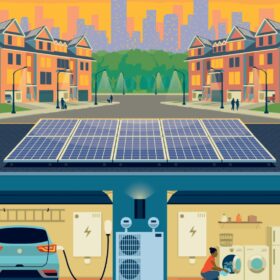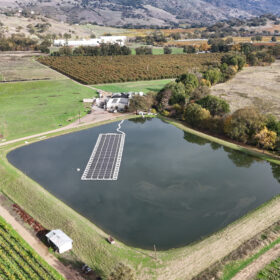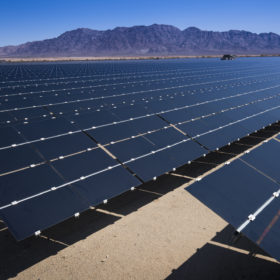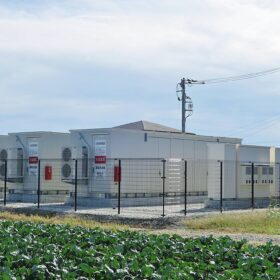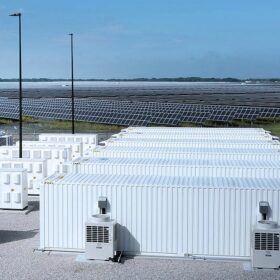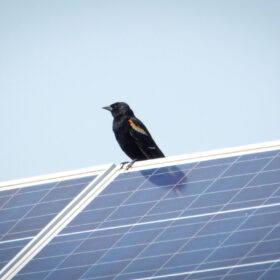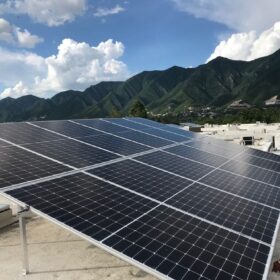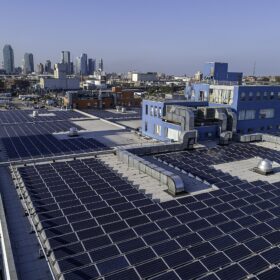Rural electric co-ops form engineering group to evaluate smart inverter standards
Smart inverters enable more distributed solar to be added to the grid, and some rural co-ops are evaluating smart inverter standards as more co-op members become prosumers.
Solar-plus-storage VPPs must be ‘indistinguishable’ from peakers to win over grid operators, says EnergyHub
A EnergyHub report lays out what it will take for dispatchers to treat VPPs like conventional power plants.
California winery powers 100% of its operations with floating solar array
The Nelson Family Vineyards is expected to save $90,000 per year from electricity provided by its floating solar and rooftop arrays.
New framework quantifies solar land use with unprecedented detail
The research reached a surprising conclusion that dual-axis solar tracker systems are more land-intensive per kW than single-axis trackers or fixed-tilt systems. The study’s data-driven approach highlights key efficiency metrics and siting opportunities, including agrivoltaics and brownfield development, for sustainable solar expansion.
Require a gas unit to add 90 MW of batteries to renew its air permit, group says
When a New Jersey gas unit’s air pollution permit is up for renewal, state law allows the public to recommend ways for the unit to reduce its emissions, such as adding batteries. That’s what one group has done.
Texas electric utility co-op taps networked residential batteries for outage protection
The residential battery program, which deploys Base Power’s 11.4 kW/25 kWh battery systems, is designed to provide affordable, whole-home backup for members of Farmers Electric Cooperative while also delivering grid-balancing services to the wider region.
U.S. space solar startup proves wireless power system works in motion
Overview Energy has proven its solar power beaming satellite system works in motion, which it claims is a world first for high-power wireless energy transmission. The company is targeting megawatt transmission from space in 2030.
What to know about ERCOT’s new RTC+B program
Under the real-time co-optimization structure, batteries will be recognized as both generators and loads.
Research finds solar can support bird, bat activities
A pair of research studies led by the Argonne National Laboratory have demonstrated how “ecovoltaic” installations in the midwestern United States are home to more bird and bat activities than nearby fields used for agriculture.
The role of robotics in boosting U.S. solar recycling capacity
Solar recycler OnePlanet will draw on vision-guided robots and automation to scale their River City facility and recover more, purer valuable materials from spent panels.

